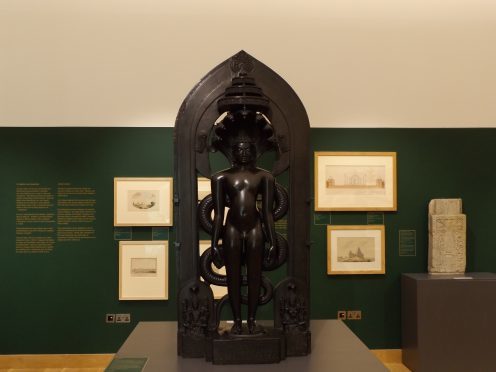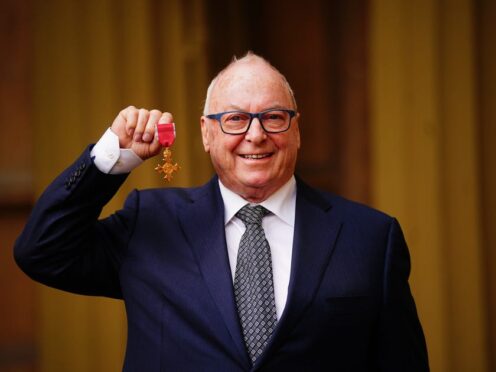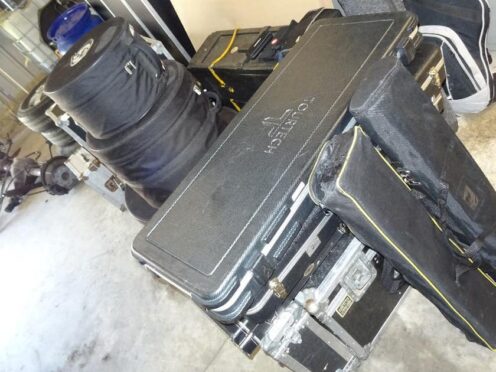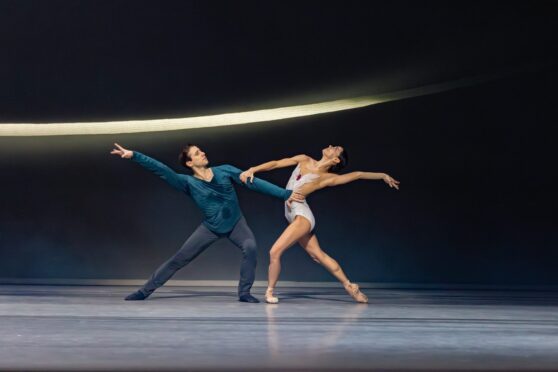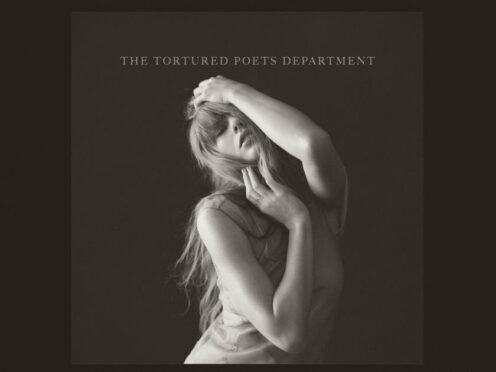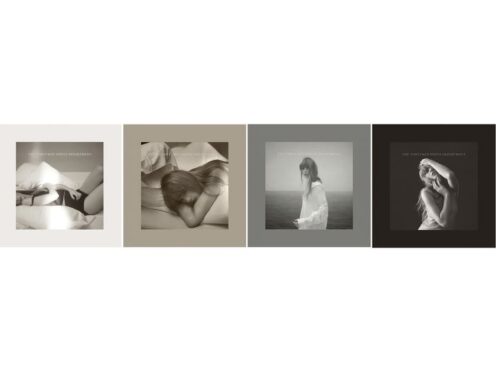Natasha Mckim speaks to Catherine Maclean, a curator at An Lanntair about an adventurer from Stornoway.
After attending Gray’s School of Art in Aberdeen, where she studied Fine Art, 36-year-old Catherine Maclean now works as a curator at An Lanntair Arts centre in Stornoway.
Originally from Lewis, Catherine is involved with the Purvai Project at An Lanntair and is curator of Collector Extraordinaire.
What is Collection Extraordinaire?
It is the first ever exhibition of the famous Indian and Japanese collections of Colin Mackenzie. Colin was born in Stornoway in 1754 and travelled to India in 1783 where, after a long and multifaceted career, he became the first Surveyor General of All India.
Through his own private personal historical researches, he amassed a collection of ancient Asian art and researches. He died before he was able to sort through his collections so unfortunately, despite Mackenzie’s collections’ importance, there has never before been an exclusively and specially curated exhibition of Mackenzie-collection material.
How did the exhibition come about?
I began researching the collection in 2012. In India, I visited libraries and museums where there was Mackenzie collection material. I also travelled to ancient sites and monuments that Mackenzie documented in India. Many of which are world heritage sites. On my return, I went to London and began looking at and researching the material held in the London museums, British Library, V&A and the British Museum.
How long did it take to organise the exhibition?
It was a long process of researching through the material and understanding where the material was. The initial plan for the exhibition began from 2013. Fundraising for the exhibition began from 2014. Initial funding in 2015 from the Heritage Lottery Fund allowed the specific curation and research through the material in London to begin.
By the end of 2016, the material had been selected and loans in principle were in place. Final funding for the exhibition was received in the spring of 2017 – so it was a long steady processes of both researching the collection and continuous fundraising.
What is the message you would like visitors to take away with them?
I’d like them to think of the history and heritage between Scotland and India. I’d like them to think about the wider world and the parts that Scots, Highlanders and Hebrides played in that, for good or worse. I’d like them to take away a positive sense of mutual respect towards cultures different to one’s own, which really is the spirit of the Mackenzie collection.
I’d also really like it to inspire people and broaden their horizons, especially young island children.
What is Purvai and how does this all fit in together?
Purvai 2017 marks a historic event in Stornoway – the first ever exhibition of Colin Mackenzie’s India Collections – Collector Extraordinaire. History Heritage and Archaeology, Purvai 2017 will engage audiences with the rich history that exists between India and Scotland, celebrating and exploring the South Asian cultural heritage that is an integral part of Scotland today. 2017 marks 70 years of the independence of India and the Partition of India, a historic event which triggered the largest mass migration of people in human history.
The Mackenzie Collection sits amongst that history as an access point into South Asian art and culture from which to explore how these historical events have come to shape cultures and identity across the UK today. Mackenzie’s Collection provides the context and inspiration for creative collaborations between artists performing and engaging with Purvai 2017. This year the festival’s arts programme includes some exceptional work from many wonderful artistic collaborations, drawing from both Gaelic and Indian traditions.
Purvai 2017, with the Colin Mackenzie exhibition, will bring back to life a forgotten part of Hebridean heritage, which reaches far beyond our island shores.
How does this exhibition fit in with the other exhibitions held with An Lanntair?
It fits in with our ambitious high-quality artistic programme. The best of Gaelic arts and culture and the best of International. This exhibition and wider Purvai project embodies both.
Why was Museum nan Eilean at Lews Castle chosen for the location of the exhibition?
The material is very ancient and very precious so it needed to be exhibited in a fully accredited museum with all the correct securities and climate controls. We already have a strong working partnership with Museum nan Eilean so this exhibition was a perfect project for us to work on together in partnership.
How did the idea for the exhibition come about?
Mackenzie’s documentation is one of the most extensive historical researches ever carried out on Ancient Indian art and culture. It was his wish to present these collections properly so that they could be shared widely. When I realised that never before had there been an exhibition of this beautiful and important collection, it became the plan to do this at home in Stornoway, the town of his birth.
The Collector Extraordinaire exhibition fulfils Mackenzie’s wish to “properly bring forward his collections” and share them more widely. It brings together for the first time the material telling the story of Mackenzie’s career in India, the maps he produced, the material he collected and the important world heritage sites he documented and excavated.
It’s an important collection and it’s important and relevant for us today to look at this collection to understand the culture and society we live in today. The exhibition has now finally been realised, but this is very much the beginning, we have always seen this as the starting point and the unlocking of this collection and now we can utilise this collection and material for creative discourse and new works from artists living and working today in both the UK and India.
So Colin Mackenzie is quite important to the island?
He’s a hugely important figure to the island but somehow he is a forgotten figure. His work is of a global standard. He produced some of the first maps of south India – that in itself is huge – a vast geographical area and in itself is a lifetime’s work – let alone the collection. His collection is the largest ever collected and researched by a single European. Much of what we know about the ancient history of south India today has been taken from the Mackenzie collection. So his life and work is very important internationally, so here on the island we should be aware of that and recognise that.
Collector Extraordinaire is on until November 15. See http://lanntair.com/events/event/collector-extraordinaire/
